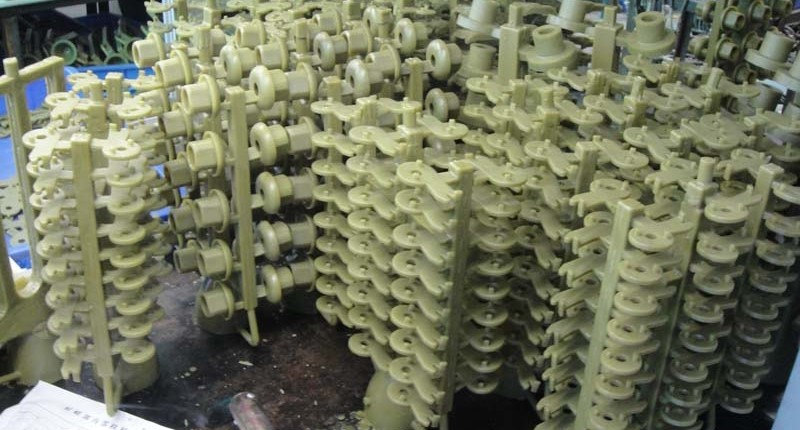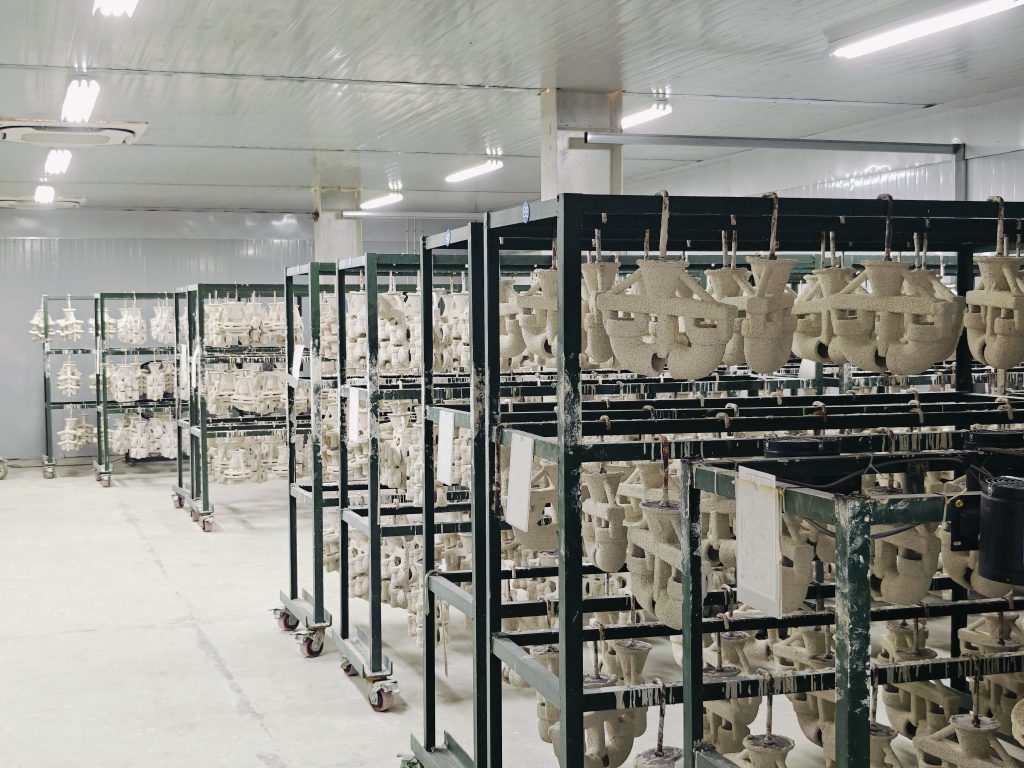What are the different valve parts or components?
Valves are key components in fluid control systems and are widely used in many industries such as petroleum, chemical, energy, and food processing. A complete valve consists of multiple parts or components, each of which has its own unique function to ensure that the valve can stably and accurately control the flow of fluid. This article will introduce the main parts of the valve and their functions.
1. Valve Body

The valve body is the main structural part of the valve, which bears the fluid pressure and determines the overall strength of the valve. Common valve body materials include stainless steel, carbon steel, copper, cast iron, etc. The specific choice depends on the working environment and fluid properties.
2. Valve Bonnet

The valve bonnet is used to close the opening of the valve body and provide protection for the components inside the valve. Most bonnets are connected to the valve body by threads, flanges, or welding to ensure sealing and maintenance convenience.
3. Valve Disc/Plug/Ball
The valve core is the core component for controlling fluid flow. Different types of valves use valve cores of different shapes:
Ball valve: spherical valve core, which controls flow by rotating 90°
Gate valve: wedge-shaped or parallel gate, suitable for fully open or fully closed state
Globe valve: conical or flat valve core, controlling precise flow regulation
Butterfly valve: disc-shaped valve core, rotating to switch fluid
4. Valve seat
The valve seat cooperates with the valve core to form a sealing surface to prevent fluid leakage. The valve seat is usually made of metal (such as stainless steel, alloy) or soft sealing material (such as PTFE, rubber) to meet different working conditions.
5. Valve stem
The valve stem connects the handwheel or actuator and controls the opening and closing of the valve core. The valve stem needs to have good corrosion resistance and strength to withstand high pressure and frequent operation. Common valve stem types include rising valve stem and non-rising valve stem.
6. Packing
Packing is used to seal the gap between the valve stem and the valve cover to prevent fluid leakage. Common packing materials include graphite, PTFE (polytetrafluoroethylene), rubber, etc., to ensure good sealing performance under high temperature and high pressure environment.
7. Seal Ring
Seal ring enhances the sealing effect of the valve to prevent medium leakage. Depending on the working conditions, the seal ring can be made of metal or non-metallic materials, such as fluororubber, PTFE, stainless steel elastic seal, etc.
8. Spring
In some types of valves (such as safety valves and pressure reducing valves), springs are used to provide pressure balance to ensure that the valve works normally within the set pressure range.
9. Actuator
Actuators are used to automatically control the opening and closing of valves, reduce manual operations, and improve efficiency. Actuator types include:
Handwheel – operated by handwheel or handle
Pneumatic Actuator – driven by compressed air
Electric Actuator – controlled by motor
Hydraulic Actuator – driven by hydraulic pressure
10. End Connection
The inlet and outlet of the valve need a reliable connection method to adapt to different pipeline systems. Common connection methods include:
Flanged connection (Flanged) – commonly used in large-diameter, high-pressure systems
Threaded connection (Threaded) – suitable for small-diameter valves, easy to install
Welded connection (Welded) – suitable for high temperature and high pressure occasions, providing better sealing
Clamp connection (Clamp) – suitable for food and pharmaceutical industries, easy to disassemble and clean
Conclusion
The valve is composed of multiple key parts, each of which plays an important role in the fluid control system. From the valve body, valve core, sealing components to the actuator, each part must be precisely manufactured and rigorously tested to ensure its performance and durability.
If you need customized high-performance valve parts, welcome to contact us! Tianhui Machinery has a foundry and a machining plant, and can provide a one-stop solution of stainless steel silica sol casting + CNC machining, helping your project to be more efficient and reliable!

Work with us on your project
Looking for a reliable foundry partner like Tianhui Machine? Send your CAD drawings and 3D files to info@cn-tianhui.com for a quick quote!



